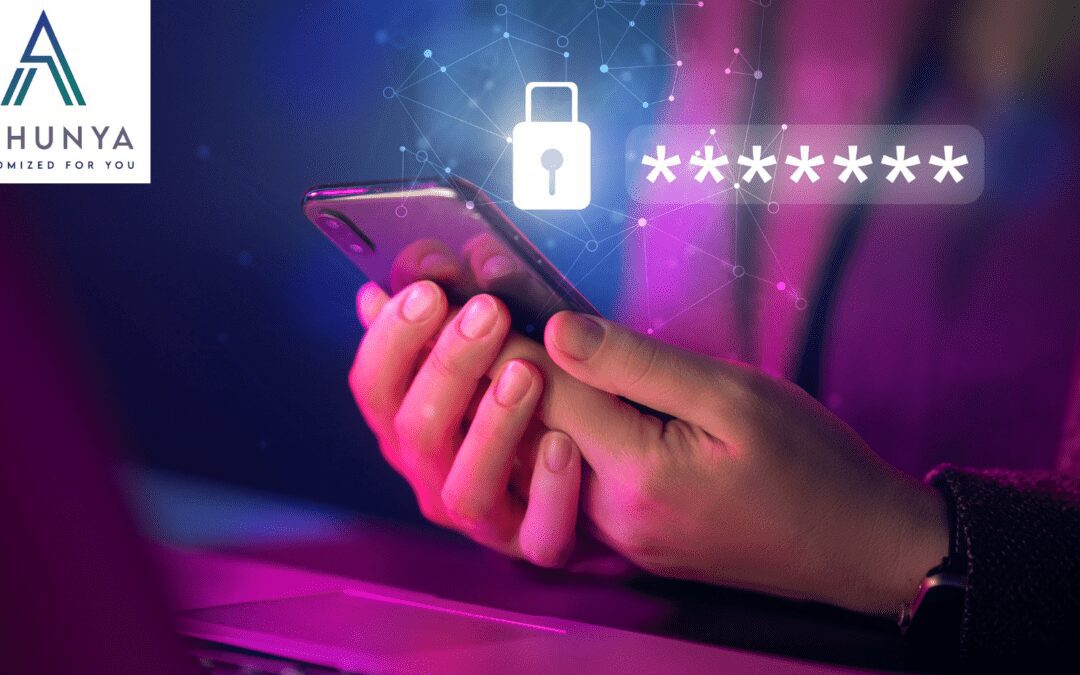So you’re sitting in front of your computer, clicking away and minding your own business, when suddenly everything freezes. A message pops up on the screen—you’ve been hit with ransomware. More specifically, the notorious LockBit ransomware. This nasty malware is the latest threat giving cybersecurity experts nightmares. LockBit isn’t your average ransomware. The criminal masterminds behind it developed an advanced tool called “Terminator” to disable security software and any defenses you have installed before encrypting your files. Once Terminator kills off your antivirus and other protections, LockBit is free to hijack your system and hold your data hostage. LockBit’s operators are ruthless, demanding huge ransoms and leaking stolen data if you don’t pay up. With over 2,000 businesses across the globe falling victim to LockBit and its Terminator sidekick in recent months, the threat is real. You need to wise up and take action now to protect yourself against these malicious attacks. The rise of “Terminator” and LockBit ransomware is killing security software as we know it.
What Is LockBit Ransomware?
If you haven’t heard of LockBit ransomware yet, consider yourself lucky. This nasty strain of malware encrypts files on infected systems and holds them for ransom. Once it infiltrates your network, LockBit kills any security software running to avoid detection. Then it goes to work encrypting your files so you can’t access them.
LockBit spreads through phishing emails containing malicious attachments or links. When someone clicks, LockBit downloads and starts encrypting files like documents, images, and databases. It targets files on your local drives as well as mapped network drives and servers.
To get your files back, LockBit demands payment in cryptocurrency, typically Bitcoin. The ransom amount varies but can be thousands of dollars. Even if you pay up, there’s no guarantee you’ll receive a decryption key. Some victims report paying but not regaining access to their files.
The “Terminator” tool LockBit uses is aptly named. It terminates over 200 different security applications to avoid detection. By killing your antivirus software, firewalls, and other protections, LockBit is free to operate without interference.
To avoid becoming LockBit’s next victim, be extremely cautious of unsolicited emails and links. Keep all your systems and software up to date with the latest patches. And back up your critical files regularly in case the worst should happen. With vigilance and preparation, you can outsmart this ransomware terminator.
How the “Terminator” Tool Disables Security Solutions
The “Terminator” tool allows LockBit to disable your security software so it can encrypt your files without interference. How does it work? By exploiting vulnerabilities in the security solutions themselves.
- Terminator scans your system for installed security software like antivirus programs, firewalls, and backup solutions. It then checks its database for any known vulnerabilities in those products.
- If it finds a vulnerability, Terminator exploits it to disable the security software. It may uninstall the program altogether or corrupt its files so it can no longer run properly.
- With your security disabled, LockBit is free to encrypt your files and hold them for ransom. By the time you realize what’s happened, the damage has already been done.
To make matters worse, the criminals behind LockBit are constantly updating Terminator’s database with the latest security vulnerabilities, so even if you have the latest version of your antivirus installed, there’s still a chance it could be compromised. The reality is, no security solution is 100% foolproof if vulnerabilities can be exploited.
The key takeaway here is that relying solely on security software isn’t enough. You also need to practice safe computing habits, like not clicking suspicious links or downloading unverified software. And of course, regularly backing up your essential files in case ransomware still manages to slip through the cracks. Staying one step ahead of cybercriminals is a team effort, but with vigilance and the right tools on your side, you can avoid becoming another victim of LockBit and its dreaded Terminator.
How to Protect Your Systems From LockBit Ransomware Attacks
Update Your Security Software
The first line of defense against LockBit ransomware is ensuring your security software is up to date. This includes:
- Your antivirus or anti-malware program. Run regular scans to detect and quarantine LockBit before it can encrypt your files.
- All system updates. Patching vulnerabilities in Windows, Mac, and other software makes it harder for LockBit to gain access.
- Browser updates. Keeping your browser up to date closes security holes that LockBit often exploits.
Be Wary of Phishing Emails
LockBit frequently spreads through phishing emails containing malicious links or attachments. Be on the lookout for unsolicited messages claiming to be from companies like FedEx, Microsoft, or your bank asking for personal information or telling you to click a link. Legitimate companies don’t ask for sensitive data via email. Delete these messages immediately.
Backup Your Data
If LockBit still infects your system, the only way to recover your files is by restoring from a backup. Be sure to back up all important files regularly in case of an attack. Store backups offline and offsite in case LockBit encrypts backup media connected to your network. Offsite backup options like cloud storage can protect data even if onsite backups become compromised.
Restrict Administrator Access
LockBit often gains elevated access to deploy the ransomware. Restrict administrator accounts to only a few trusted individuals. Require two-factor authentication for all admin logins. This makes it much harder for LockBit to spread and cause maximum damage.
Staying vigilant, keeping your guard up, and taking proactive protective actions are the best ways to avoid becoming another victim of the LockBit ransomware attackers. Constantly monitoring for new variants and updated infection methods will help ensure your systems remain secure.
Conclusion
So what does all this mean for you? Well, unfortunately, it looks like LockBit isn’t going anywhere anytime soon. Their new Terminator tool gives them a scary amount of power to shut down security software and wreak havoc. The best thing you can do is stay vigilant. Keep your systems and software up to date with the latest patches. Use strong, unique passwords and two-factor authentication whenever possible. Be wary of phishing emails and malicious links—they’re still the most common infection methods for ransomware. And of course, backup your most important files regularly in case the worst does happen. LockBit may have upped their game, but by taking some basic precautions, you can avoid becoming their next victim. Stay safe out there!


